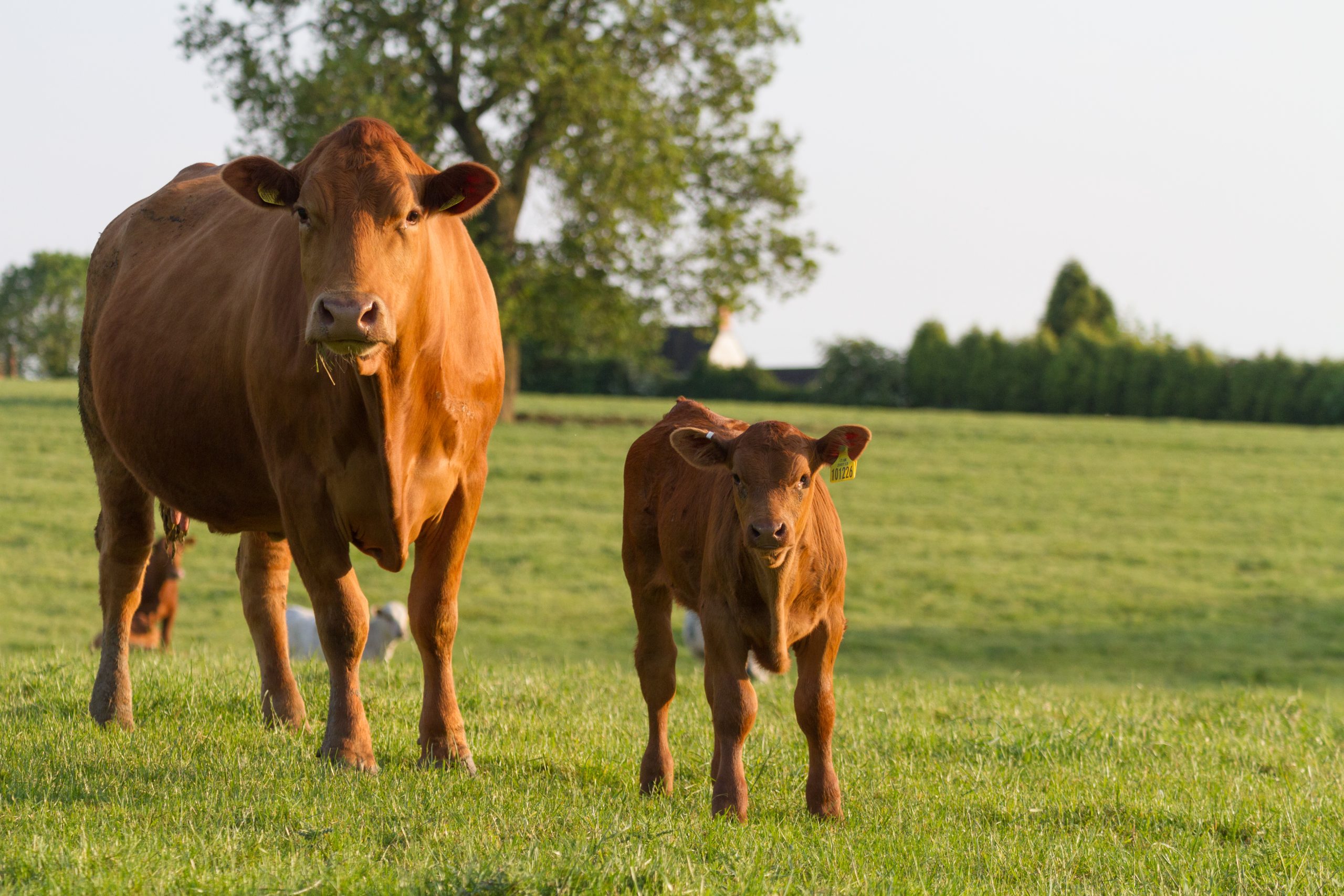Johne’s diseases found in portmortem of calf by AFBI

Vets and farmers have been warned to be on the lookout after a case of Johne’s disease (Mycobacterium avium subsp. paratuberculosis (MAP)) was recently diagnosed in a seven-month-old Friesian heifer submitted for postmortem examination to AFBI Stormont.
The calf was submitted for postmortem after a history off ill thrift and weight loss before it died. According to the history provided there were also several other calves on the farm with similar clinical signs.
Further samples were taken at postmortem for diagnostic testing including for bacteriology, parasitology, virology and histology.
Johne’s disease is an infectious bacterial gut disease of cattle and other ruminants. Cattle usually become infected during the early weeks of life following the consumption of milk or food contaminated with the bacteria, which are shed in the dung or milk of infected adult cattle. Infection develops slowly and the signs of disease vary depending upon the stage of infection but begin with reduced productivity followed by weight loss, scour and ultimately emaciation and death.
Signs of Johne’s disease are typically seen in animals that are between 3 and 5 years old but can occasionally be seen in animals that are younger than two years of age. As the animal gets older, the signs become more obvious. An infected animal may also have increased susceptibility to other disease before the obvious signs occur.
There is no effective treatment or vaccination for Johne’s disease.
AFBI’s CHECS Cattle Health Scheme provides a pathway to manage and control Johnes Disease at farm level, and in Northern Ireland there is also a voluntary, industry led control programme managed by Animal Health and Welfare NI.
Due to the age of this calf Johne’s disease was not high on the list of differential diagnoses and only through submission for postmortem to AFBI was the disease confirmed, demonstrating that Johne’s disease must be kept in mind as a differential for calves of this age especially if a known history of Johne’s on farm.
The case demonstrates the value of submitting animals for postmortem. The diagnosis of disease and surveillance for other potential diseases, not only has value at farm level but also added value for the wider livestock sector.







